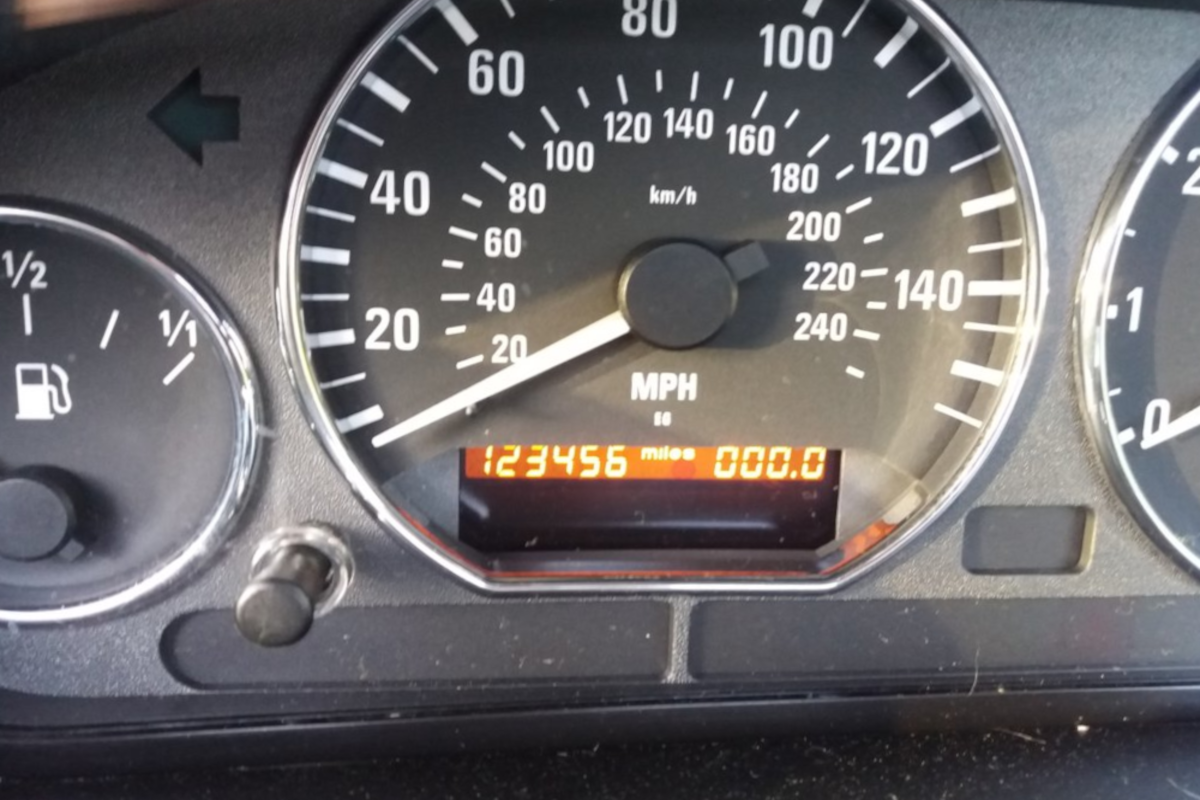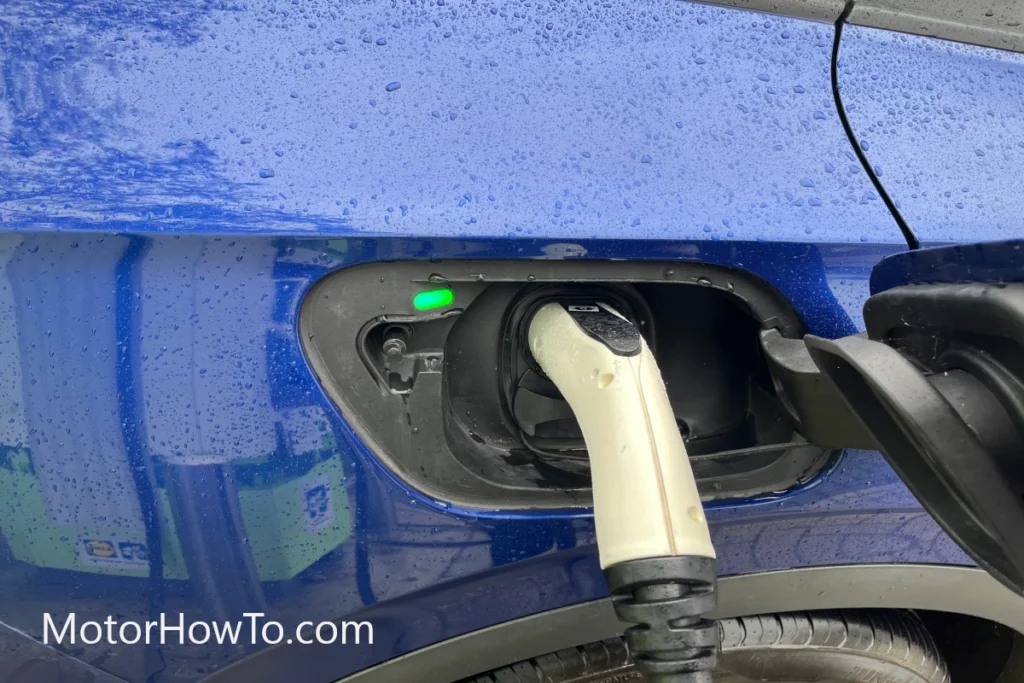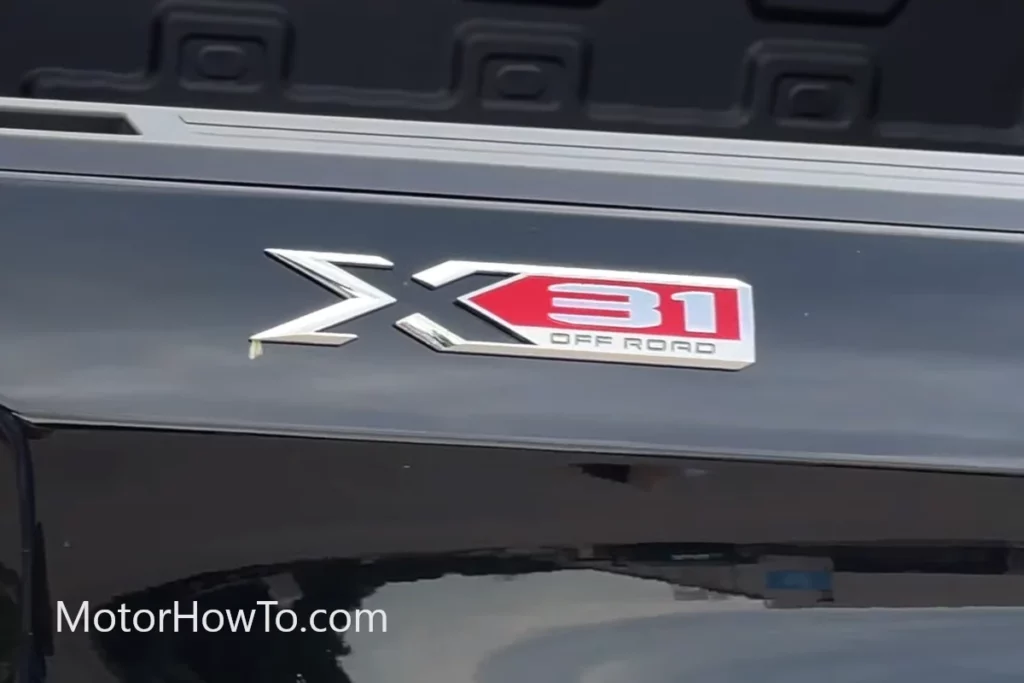When we are buying used cars, one of the most important instruments to look at is the odometer, which is responsible for tracking the mileage of the car.
However, it is still quite common for some odometers to have been tampered with so that they will show less than the actual mileage.
This is where knowing the odometer brand comes in as it helps you know more about the status of the odometer and the car itself.
What is an odometer brand?
An odometer brand is what briefly explains the circumstances that can support whatever the owner of the car placed on the odometer disclosure statement. This helps safeguard people from odometer tampering. The different brands are all defined by the National Highway Traffic Safety Administration (NHTSA) in the U.S.

While the odometer might seem like it isn’t really that important, it actually serves a lot of purposes for any car owner.
Not only does it allow you to know when you should already have your car checked and maintained but it also allows you to know how far the car has already been driven in case you are a concerned buyer looking for a used car.
In that regard, let us talk more about what an odometer brand is.
What is an odometer brand?
For those who can’t afford to buy a brand-new car, there are plenty of people selling used cars that you can buy for a fraction of their original price.
While there are some used cars that tend to look great on the outside, they may also be just as great when it comes to their performance especially when they haven’t been used that much or if they were well-maintained by the original owner.
So, one of the ways for you to tell how banged-up a used car is or how often it was used by the previous owner is by checking the odometer, which basically shows you the mileage of the car or how far it has been driven.
As such, even if a car is merely only a few years old, it might not be in the best condition possible for a used car if it has pretty high mileage on the odometer.
In other words, the mileage now becomes quite important for you to determine whether a used car is worth its price.
At the same time, there are used car owners that tend to take advantage of the odometer when they are trying to sell their cars.
That’s because they know that people are more willing to buy a used car or pay a good price for one as long as it has a low mileage count.
In that regard, it can be pretty problematic if there was someone who tampered with the odometer just so they could sell the car at a good price or convince someone to buy it.
This is where the odometer brand comes in.
An odometer brand is what explains the different circumstances that may or may not support what the car owner has placed on the odometer disclosure statement.
These are placed on the vehicle title so that a prospective car buyer can easily look at the odometer brand to know whether or not there was a point in time where the odometer may have been tampered with by the previous owner.
In other words, the odometer brand will help determine whether or not the reading on the odometer is its true mileage.
Here are the different odometer brands you should know about as defined by the NHTSA:
| Odometer brand | Description |
|---|---|
| Actual | The odometer is displaying the true or actual mileage of the vehicle and has no discrepancy or issues whatsoever. |
| Not Actual | The odometer reading is not displaying the true or actual mileage of the vehicle. This could mean that there may have been tampering done or there might have been an issue that caused this discrepancy. |
| Not Actual – Odometer Tampering Verified | The odometer reading is not displaying the true or actual mileage of the vehicle and it has been verified that it has been tampered with in the past. |
| Exempt from Odometer Disclosure | The vehicle falls within the criteria that allowed it to be sold to another owner without the need to actually disclose the odometer reading. |
| Exceeds Mechanical Limits | The vehicle has exceeded the limits of what the odometer can display. This means that the odometer is displaying a lower mileage than the actual mileage because the latter has exceeded the limits of the car’s odometer. |
| Odometer May Be Altered | There is a reason to believe that the odometer may have been altered, which allowed it to have a reading that does not reflect the car’s actual mileage. |
| Odometer Replaced | The stock odometer on the car was replaced with one that is different from the odometer placed by the manufacturer. |
| Odometer Discrepancy | There is a reason to believe that the odometer is displaying a value that is not in line with the actual mileage of the car because it has discrepancies with previously recorded values. |
| Call Title Division | There are problems on the odometer reading that, for some reason, cannot be disclosed in the title. Anyone willing to inquire about such problems such as contact the titling authority to know more about the issues with the odometer. |
So, by cross-referencing the odometer brand on the vehicle’s title with the odometer disclosure statement, you will be able to tell whether there are problems, issues, or discrepancies that you should know of regarding the odometer.
This allows you to be a more informed buyer when you are looking to buy a used car as you can better guard yourself against odometer frauds.
Learn more about Odometer Date in this article.
What is an odometer disclosure statement?
We have previously mentioned that the odometer brand is there to help support whatever the car owner has indicated in the odometer disclosure statement.
So, as a buyer, you should at least cross-reference the odometer brand with the odometer disclosure statement to know whether or not the odometer may have been tampered with.
But what is an odometer disclosure statement?
In the simplest way of explaining it, an odometer disclosure statement is just a declaration of the reading or the mileage that is indicated in the odometer and whether or not the reading is showing the actual mileage of the car at the time it is being sold.
If you are wondering whether or not this is required, then yes, the odometer disclosure statement is required by law.
However, there are exemptions provided by law that will allow certain people to not comply with this requirement.
As you may have read in our discussion regarding the odometer brand, you would know in the vehicle’s title whether or not the vehicle fell under such exemptions as the odometer brand will simply show “Exempt from Odometer Disclosure”.
Different state laws have different rules regarding vehicles that are exempt from odometer disclosure statements.
In California, for example, there is no need for an odometer disclosure statement if the vehicle is at least 10 years old.
It is best to read the pertinent laws of your state to know which vehicles fall under such an exemption.
How to detect odometer fraud?
So, if you want to be an informed buyer when you are looking to buy a used car, here are some tips that can help you detect odometer fraud:
- Ask the owner if you can see the vehicle’s title so that you can check and compare the mileage that is listed on the odometer disclosure report with that of the mileage on the vehicle itself. The mileage on the disclosure report should be easy to read and must not show any signs that it has been tampered with.
- Compare the mileage on the odometer with that of the mileage that is on some important records that may help you determine the actual mileage. This can include maintenance and inspection records. You can also check the mileage that has been listed on the oil change and maintenance stickers found all over the car such as the windows, the glove compartment, or even under the hood of the car. The stickers must not show any signs that they were tampered with.
- Older cars may have traditional mechanical odometers. If that is the case, try to check whether or not the numbers on the gauge are actually so that you can tell whether or not they may have been altered by the car owner. Some signs of tampering include gaps and crooked alignment. Even something as simple as the numbers on the gauge moving or jiggling when you hit the dashboard can be a sign of tampering.
- Check other signs such as the wear and tear on the vehicle. Inspect the other components such as the gas, clutch pedals, and the break to see if they are already worn out. Something as simple as this can easily show whether or not the owner is telling the truth in relation to the odometer reading because of how it would be impossible for the car to be quite worn out while the odometer is showing a low value.
Sources
Texas Department of Motor Vehicles: Odometer brands



